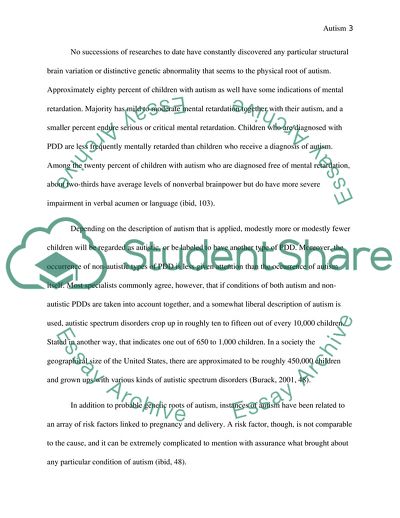Cite this document
(Understanding Autism: Towards a Holistic Approach Research Proposal, n.d.)
Understanding Autism: Towards a Holistic Approach Research Proposal. https://studentshare.org/health-sciences-medicine/1719961-autism
Understanding Autism: Towards a Holistic Approach Research Proposal. https://studentshare.org/health-sciences-medicine/1719961-autism
(Understanding Autism: Towards a Holistic Approach Research Proposal)
Understanding Autism: Towards a Holistic Approach Research Proposal. https://studentshare.org/health-sciences-medicine/1719961-autism.
Understanding Autism: Towards a Holistic Approach Research Proposal. https://studentshare.org/health-sciences-medicine/1719961-autism.
“Understanding Autism: Towards a Holistic Approach Research Proposal”. https://studentshare.org/health-sciences-medicine/1719961-autism.


